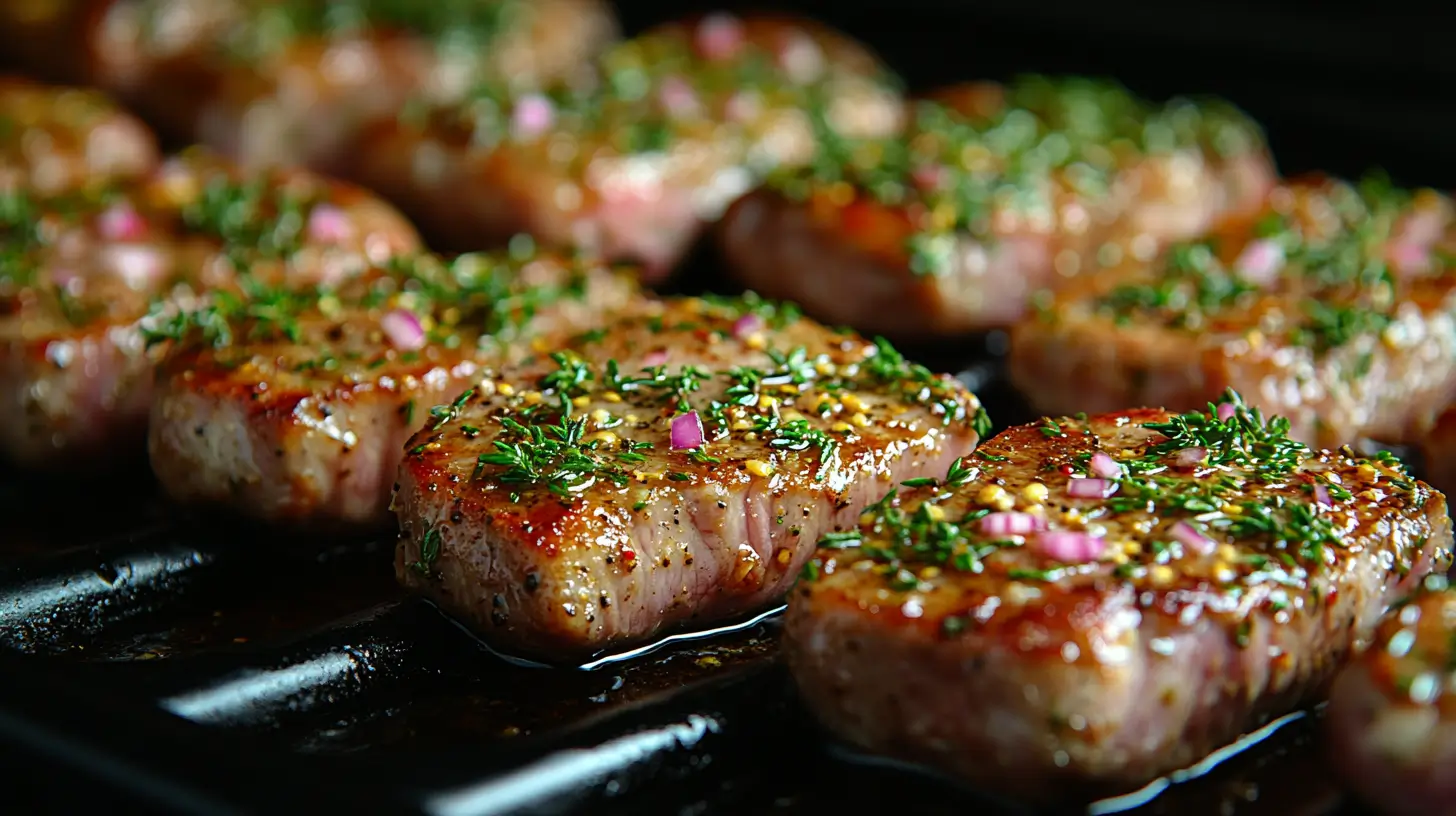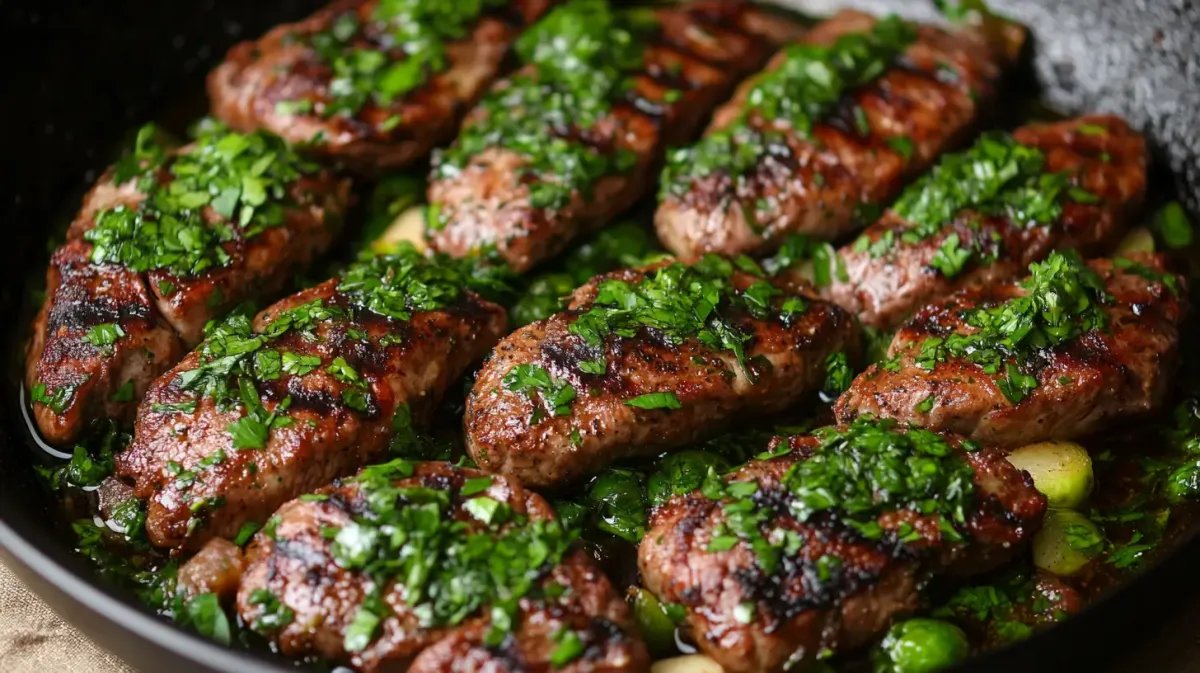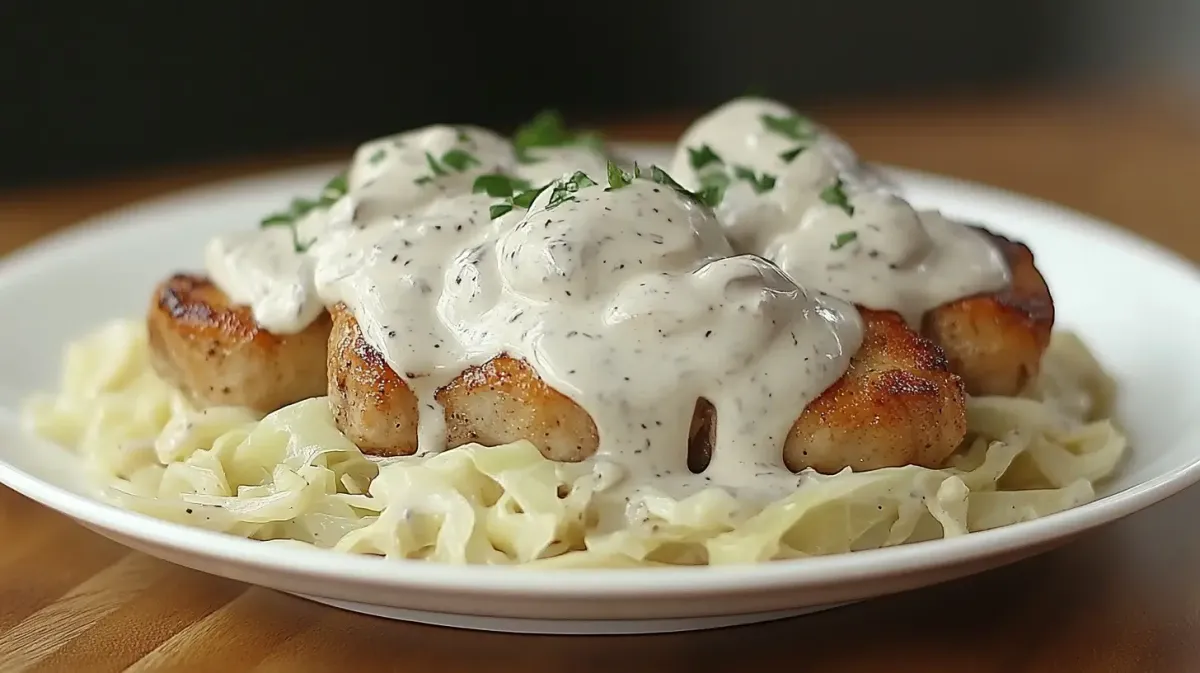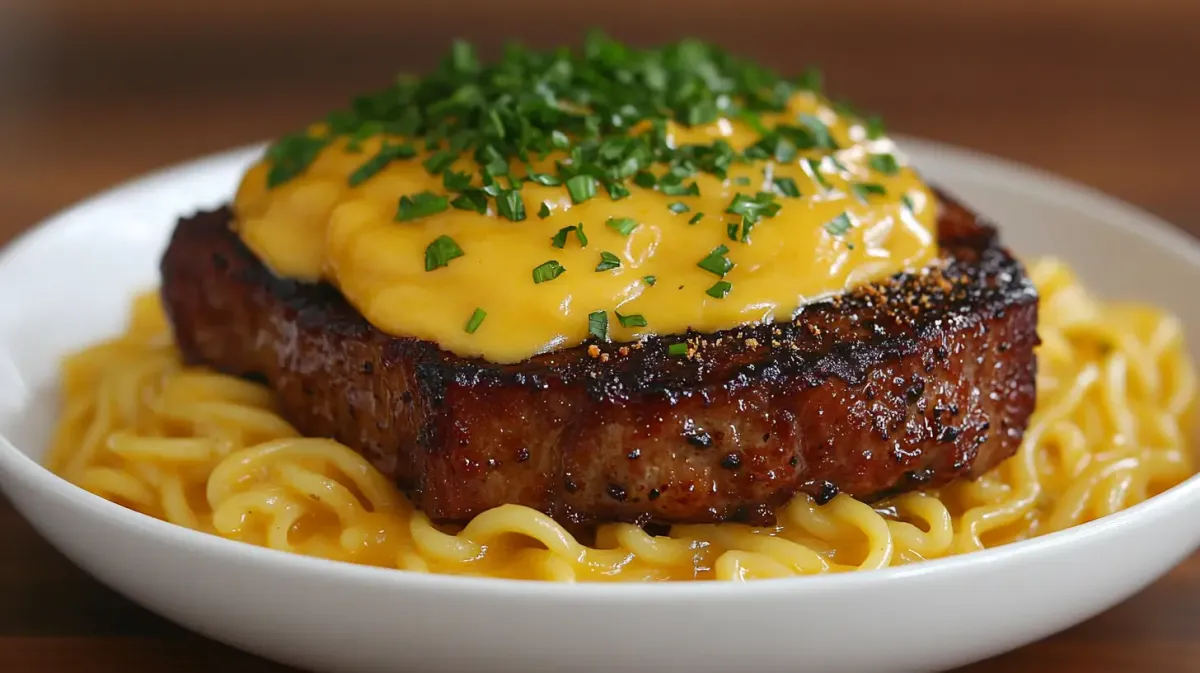- Home
- How to Bake Pork Chops
- How to Bake Pork Chops with Marinade vs Dry Rub
How to Bake Pork Chops with Marinade vs Dry Rub
"How to Bake Pork Chops: Explore methods using marinade vs dry rub for the juiciest results. Perfect your baking technique today!"

Unlock the Secrets to Baking Perfect Pork Chops: Marinade vs Dry Rub
Ever stood in your kitchen, pork chops at the ready, and wondered how to elevate them from ordinary to unforgettable? If you're anything like me, you know the value of a perfectly baked pork chop—juicy on the inside, beautifully browned on the outside. Today, we’re exploring two fantastic ways to achieve this: marinating and using a dry rub. Each method offers its own unique blend of flavors and textures, and I'm here to guide you through both techniques, step by step.
A Tale of Two Techniques: Marinade and Dry Rub
Before we dive into the specifics, let’s have a quick overview of our two contenders. Marinades are liquid solutions that usually involve a mix of oil, acid, and seasonings, helping to tenderize the meat and infuse it with moisture and flavor. Dry rubs, on the other hand, are combinations of spices, herbs, and sometimes a bit of sugar or salt that coat the surface of the meat, creating a tasty crust that enhances texture.
Whether you’re a seasoned chef or a curious novice, understanding when and how to use each method can make all the difference. Let's find out what it takes to make your pork chops a standout dish!
Marinade Magic: Creating Flavor that Penetrates
Marinating pork chops is like giving them a long, flavor-packed spa day. Here's how you can go about it:
- Choose Your Marinade: For pork, something with a slight acidity works best. You could go for a classic combination of olive oil, lemon juice, garlic, and herbs or maybe something adventurous like a soy sauce, honey, and ginger mix for an Asian twist.
- Time It Right: Pork chops should be marinated for at least one hour, but for the best results, I recommend marinating them overnight in the refrigerator. This allows the acid in the marinade to tenderize the meat slowly and for the flavors to fully permeate.
- Prep and Bake: Before baking, remove the pork chops from the marinade and pat them dry. This will avoid steaming the meat while it cooks. Preheat your oven to 375°F (190°C), and bake the chops for about 20 to 25 minutes, or until the internal temperature reaches 145°F (63°C) when checked with a meat thermometer.
Marinated pork chops are a wonder on their own, but you can always complement them with a sauce or a salsa made from the remaining marinade. Just be sure to bring it to a boil first to make it safe for consumption.
Dry Rub Delights: A Symphony of Spices
Now, let’s talk about the art of the dry rub. With a few spices, you can create a crust that is utterly irresistible. Follow these simple steps:
- Make Your Dry Rub: Combine spices like paprika, black pepper, ground mustard, and brown sugar for a touch of sweetness. The sugar not only adds flavor but also helps in caramelizing the surface, giving you a gorgeous golden crust.
- Rub It In: Coat your pork chops generously with the rub. For the best flavor, really work the spices into the meat, cover, and let them sit for about 15-30 minutes at room temperature.
- Ready, Set, Bake: Like with the marinated chops, preheat your oven to 375°F (190°C). Place the pork chops on a baking sheet, and don’t forget to line it with foil for easier cleanup. Bake for 20 to 25 minutes, until the crust is deeply colored and the meat’s internal temperature hits 145°F (63°C).
Dry-rubbed pork chops are incredibly flavorful, so they don’t usually need extra dressing. However, they pair beautifully with simple sides like roasted vegetables or a fresh salad.
The Comparison: Which Method Wins?
Both methods have their merits. If you’re in the mood for tender, juicy chops with a flavor that’s deeply infused, go for a marinade. It’s perfect for when you have a bit of forethought and can allow the chops to sit overnight. On the other hand, if you’re looking for a quicker option that delivers on texture and immediate taste impact, the dry rub is your best friend.
Ultimately, the right choice depends on your taste preference, the occasion, and perhaps even the season. Why not try both ways and see which method suits your palate better?
Now that you’re equipped with these techniques, it’s time to start cooking. Invite over some friends or gather your family for a delightful meal. After all, nothing brings people together quite like a perfect pork chop dinner. So heat up that oven, choose your fighter—marinade or dry rub—and let the culinary magic unfold in your kitchen!
Happy cooking!



